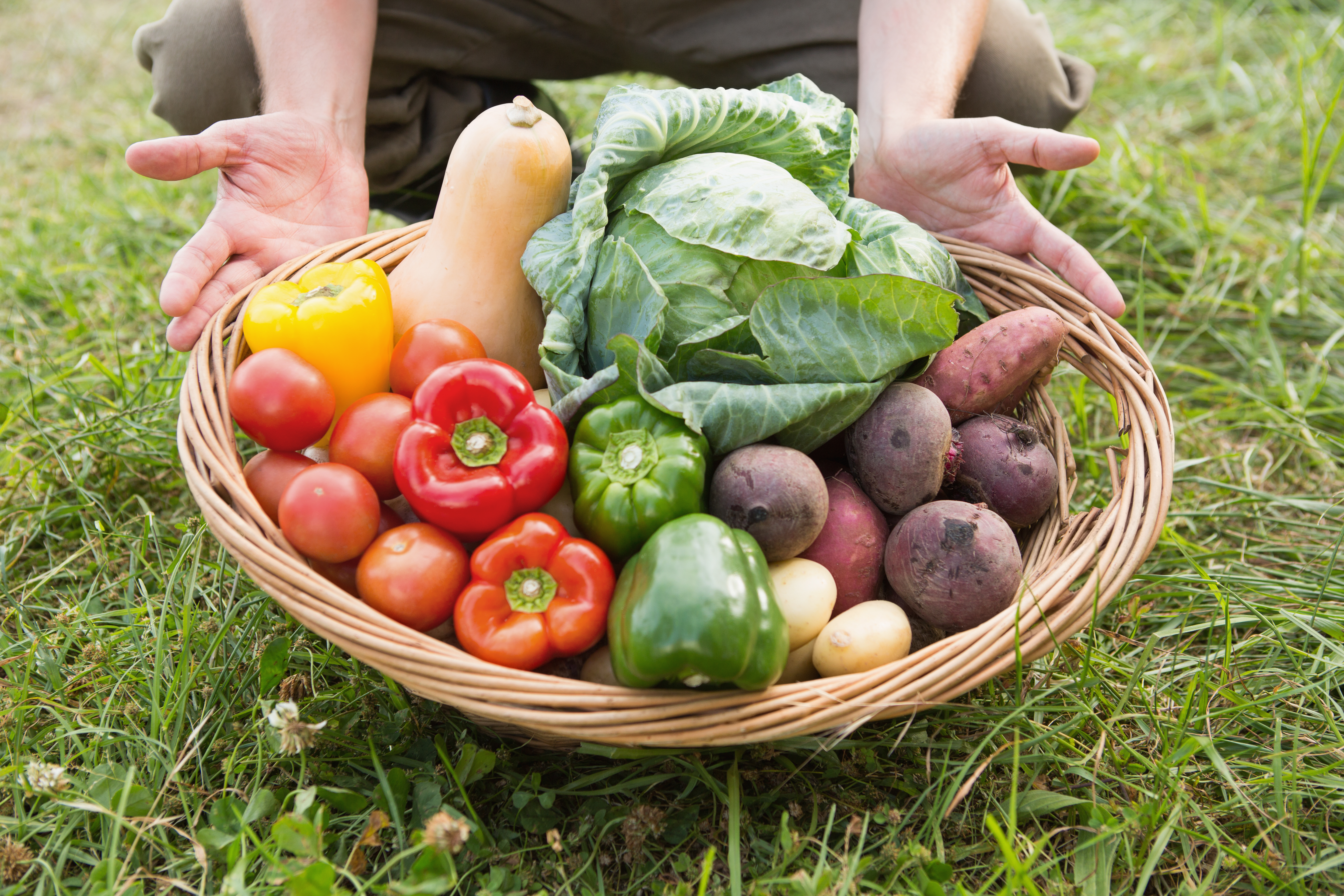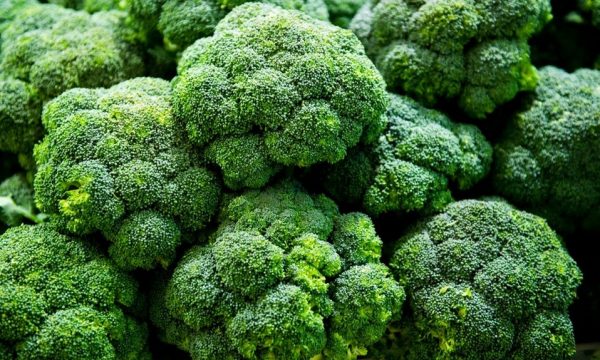Fill Your Dinner Plate with Delicious, Nutritious Cruciferous-Cabbage!
What Are Cruciferous Vegetables and Why You’ll Love Adding Them to Dinner Tonight:
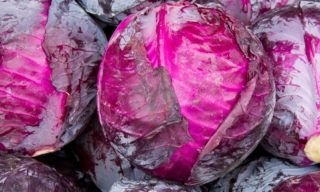 Fall is peak season for the group of vegetables belonging to the cruciferous category. The term “cruciferous” and the so-called “Cruciferae” family to which these vegetables belong come from the four equal size petals in these vegetables’ flowers that are shaped somewhat like a crucifix. However, nowadays, scientists prefer to use another term “Brassicaceae,” to reflect the fact that most of these vegetables belong to the Brassica genus. Brassica is Latin for cabbage, and cabbage is one of the vegetables in this category.
Fall is peak season for the group of vegetables belonging to the cruciferous category. The term “cruciferous” and the so-called “Cruciferae” family to which these vegetables belong come from the four equal size petals in these vegetables’ flowers that are shaped somewhat like a crucifix. However, nowadays, scientists prefer to use another term “Brassicaceae,” to reflect the fact that most of these vegetables belong to the Brassica genus. Brassica is Latin for cabbage, and cabbage is one of the vegetables in this category.
Fortunately, you don’t have to understand the botanical makeup of these vegetables or know how to pronounce or spell “cruciferous” and “brassica” to reap the considerable health benefits these wonderful foods provide. The cruciferous has a pretty big family tree including delicious veggies such as Brussels sprouts, broccoli, cauliflower, and kale. Here we will sing the praises of one of our favorite cruciferous family members: cabbage.
Even if you’re not a vegetarian, vegetables are an essential part of a healthy, balanced diet and figure prominently into the Grid Diet. Of course, if you keep serving the same vegetables the same way day after day, mealtime will start getting monotonous, so let’s fix that problem. Even if you’re convinced you won’t like a certain vegetable, keep an open mind and try it again because you may be pleasantly surprised. Be willing to try different vegetables prepared in a variety of creative ways and we promise you that dinner will be anything but dull. The Nutrition Factors Recipe Database is filled with easy-to-prepare, delicious, diet-friendly recipes starring a group of foods, which if not already a frequent part of your diet, certainly should be–cruciferous vegetables.
Cabbage 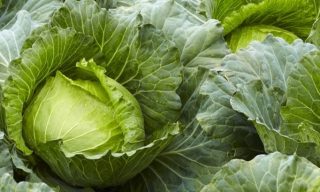
Cabbage, which has been cultivated for more than 4,000 years is native to the Mediterranean region, but today it is popular worldwide. Cabbage is especially prominent in Russian, German, and Chinese cuisine, but also a big part of the American diet.
The Latin name for cabbage is Brassica Oleracea, and the word “cabbage” itself is derived from the French word “caboche,” meaning “head.” The most common color for cabbage is green, but you can also buy red (purple) cabbage or white cabbage.
Nutritional Benefits of Cabbage
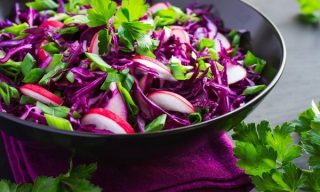 Cabbage is a great example of a food that is very low calorie, but very high in essential nutrients. There are only 33 calories in a 1 cup serving, but you are also getting 92% of the daily value (DV) of vitamin K, 50% of the DV of vitamin C, and 14% of the DV of dietary fiber, along with a long list of other essential vitamins and minerals, including vitamins B1, B2, B6, and folate, plus manganese, and heart-healthy Omega-3 fatty acids.
Cabbage is a great example of a food that is very low calorie, but very high in essential nutrients. There are only 33 calories in a 1 cup serving, but you are also getting 92% of the daily value (DV) of vitamin K, 50% of the DV of vitamin C, and 14% of the DV of dietary fiber, along with a long list of other essential vitamins and minerals, including vitamins B1, B2, B6, and folate, plus manganese, and heart-healthy Omega-3 fatty acids.
The body needs the B vitamins for energy and proper nervous system functioning, while Vitamin K is essential for blood clotting and promotes strong, healthy bones. Vitamin K also serves as a powerful antioxidant, as does vitamin C and manganese. The high vitamin C content of cabbages helps strengthen the immune system and not only make the body more resistant to respiratory infections, such as colds, but helps lower LDL cholesterol and reduce the likelihood of serious illness like heart disease and cancer. Surprisingly, there is more vitamin C in a cup of cabbage than there is in an orange!
Small amounts of vitamin A, calcium, magnesium, and potassium are found in cabbage, too. However, vitamins and minerals are only part of what contributes to this vegetable’s amazing antioxidant properties. Cabbage also contains many health promoting phytochemicals, including the carotenoids alpha-and beta-carotene, lutein, and zeaxanthin and powerful sulfur-containing compounds such as glucosinolates and isothiocyanates. All of these components of cabbage are believed to be anti-carcinogenic, and research studies suggest that the sulfur compounds are especially protective against colon, breast, and prostate cancer. The superior oxidative strength of cabbage is reflected in its high position on the ORAC chart, with a value of 508.
Cabbage, besides being low calorie, contains very little fat and no cholesterol. It is a good source of both soluble and insoluble dietary fiber. Therefore, when you factor in all of the other health-promoting nutrients this vegetable has to offer, unless there is a valid medical reason why you should not eat cabbage, including it in your diet often should be a no-brainer.
Varieties of Cabbage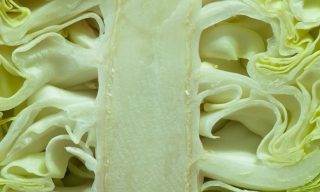
The three most common varieties of cabbage in the U.S. are green cabbage, red or purple cabbage, and Savoy cabbage.
Green Cabbage
Green cabbage is sometimes called the Honda or Toyota of cabbages, and for good reason. They are compact, long-lasting, and extremely popular. Besides using them for coleslaw and salads, they are great for stir-fries, casseroles, and slow cooker recipes.
Red or Purple Cabbage
Red cabbage, which is actually closer to magenta or purple in color than red, has a smaller head than green cabbage, and it, too, can be enjoyed either raw or cooked. Their beautiful color can make any dish it is added to or accompanies come alive.
Another reason for choosing red cabbage is it is very rich in anthocyanins, the same phytochemical found in such foods as beets and blueberries. Anthocyanins are not only responsible for the deep purple color but serve as a powerful antioxidant. On the other hand, green cabbage is much richer in folate than red cabbage.
Savoy Cabbage
Savoy cabbage is a curly, ruffled variety with ridged leaves. It is softer and less dense than green and red cabbages. Savoy cabbage also contains more vitamin A and beta-carotene than green and red cabbages do. Savoy cabbage can be used in slaws and salads or in savory braised or stir-fried dishes. It makes a crunchy filling for tortillas or rice paper.
Cabbage Season
Except for Savoy Cabbage which is readily available in U.S. markets from September
through December only, cabbage is a year-round vegetable here. However, its peak season, when it is more tender and its texture and flavor are at their best, is during the colder months.
Cabbage Selection and Storage
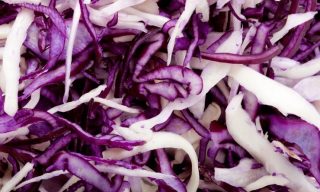 Look for cabbage heads that are firm, heavy, and dense, with a bright and vibrant color and the leaves still attached to the stem. Avoid cabbages with any cracks, bruises, or blemishes or obvious damage to the outer leaves. Buying cabbage that is precut or shredded is not recommended because once the cabbage is cut, it starts losing some of its nutritional value.
Look for cabbage heads that are firm, heavy, and dense, with a bright and vibrant color and the leaves still attached to the stem. Avoid cabbages with any cracks, bruises, or blemishes or obvious damage to the outer leaves. Buying cabbage that is precut or shredded is not recommended because once the cabbage is cut, it starts losing some of its nutritional value.
Since cabbage continues to respire after it is harvested, any cabbage that is not going to be consumed the same day it is purchased should be wrapped tightly, unwashed, in a plastic bag and then refrigerated. A whole cabbage stored in this manner will keep for up to 7 to 10 days and a partly cut head for 3 to 5 days.
Safety Considerations
As with any fresh produce, to minimize risk of pesticides, buy these vegetables only at markets you know are reliable. Then just before preparing them to eat, wash them under cold water. Or to be extra safe, consider purchasing organic vegetables
Furthermore, all cruciferous vegetables contain goitrogens. If you have a thyroid condition, check with your doctor if it is okay to eat Brussels sprouts and cabbage. Sauerkraut, which is fermented cabbage, is high in sodium, so those who especially need to watch their sodium intake need to be careful. However, sauerkraut is otherwise very healthy because it contains Lactobacillus acidophilus, a friendly type of bacteria which promote healthy digestion.
Cabbage Recipes
As mentioned, cabbage is a very versatile vegetable that can be served many different ways, either raw or cooked. Here are two recipes from the Nutrition Factors database. The salad combines cabbage with one of the favorite fruits of fall, apples, and is great either as an appetizer or main course accompaniment. The Cabbage Filled Phyllo is a variation of a popular Greek dish. It can be served either as a side dish or as a meatless main course with a Greek salad.
Apple Cabbage Salad
A fresh mixture of fruit and crisp greens that are in season served with a light dressing! Not only does this recipe taste great with fall apples and cabbage, but you’ll also feel great eating it because you’ll get your apple a day and a serving of vegetables in one side dish!
INGREDIENTS:
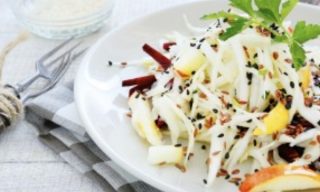 1/3 cup honey
1/3 cup honey
1/4 cup lemon juice
1/2 teaspoon grated lime zest
1/2 teaspoon dried mustard
1/8 teaspoon salt
3 Granny Smith apples
4 cups shredded cabbage
2 kiwi fruit, peeled and sliced
2 green onions
Chopped lettuce leaves
For Washington Apple Commission recipe instructions CLICK HERE
Cabbage Filled Phyllo
This traditional Greek dish with a spin is a fun way to add more vegetables to everyday meals! Mixing it up with this cabbage and carrot filled phyllo will have you thanking yourself you cooked at home instead of getting Greek Take Out. Serve as a side dish or as an enjoyable vegetarian main course with a fresh Greek salad.
INGREDIENTS:
1 tbsp Extra Virgin Olive Oil
2 large shallots, chopped
4 cloves garlic minced
4 cups Cabbage shredded, or coleslaw mix
1 cup carrot, shredded
2 tsp dried oregano leaves
1/4 tsp each salt and pepper
1/3 cup fresh dill chopped
3 eggs
1/2 cup crumbled feta
1/2 cup fresh grated, parmesan cheese
8 sheets Phyllo
1/3 cup butter, melted
For Half Your Plate recipe directions CLICK HERE

